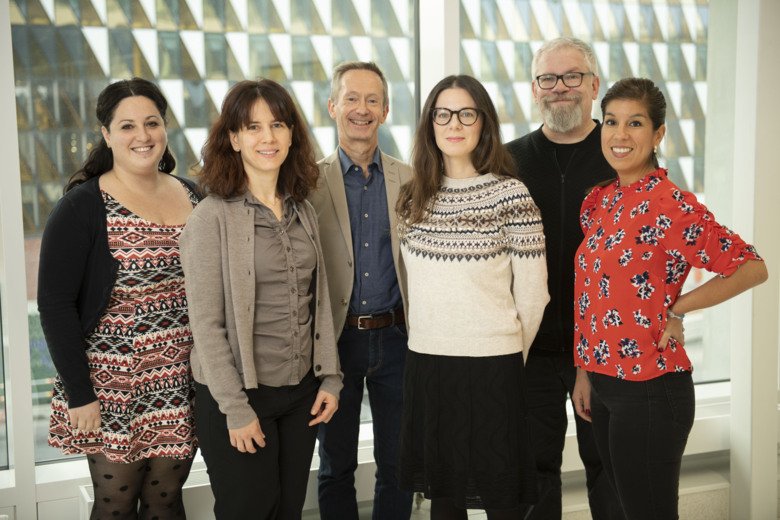Cells die in different ways in infants and adults
When an adult individual's brain cells are subjected to hypoxia, such as during a stroke, they die relatively violently by going into necrosis and causing an inflammation. If an infant suffers from lack of oxygen during birth, brain cells die instead by apoptosis and they disappear without trace.

Text: Fredrik Hedlund, first published in Swedish in the magazine Medicinsk Vetenskap no 2, 2014.
This also means that treatments developed to protect adults against the effects of extensive necrosis can be directly harmful to young children.
"If we try to protect an immature brain in the same way as we protect an adult brain, it may have exactly the opposite effect," says Klas Blomgren, professor of perinatal brain research at the Department of Women's and Children's Health, Karolinska Institutet.
The reason for brain cells reacting so differently can be traced in our development. When we are born, our brains have many more neurons than we will later need in our adult life. During the first few years of life, a large number of neurons that are not used are sifted out.
"Use it or lose it. It is only those nerve cells that form functional networks which survive," says Klas Blomgren.
This means that neurons in small children are prepared to commit suicide through apoptosis if they are not used. In the case of a crisis, such as lack of oxygen, the apoptosis program starts up and the cells die and disappear. Instead of being treated with adult drugs, newborn infants must be given treatment specifically designed for them, but research on newborn infants involves many special difficulties and unique infant medicines with low-frequency use are not interesting for pharmaceutical companies.
Lithium treatment inhibits apoptosis
Klas Blomgren discovered, slightly by chance, that lithium treatment inhibits apoptosis very effectively and could therefore protect young children. The effect has been confirmed in animal experiments, but not yet in studies on babies.
"Lithium is the universe's third smallest element, but it is the most potent substance that I have tested in animal models. In addition to protecting very effectively against acute cell death, it also stimulates the formation of new nerve cells from stem cells," he says.
In a brand new study carried out with research colleagues in Switzerland, Klas Blomgren can show that another cell death mechanism, autophagy, is activated in both mice and children who died shortly after birth. They then went on to show that if the ability to activate autophagy in mice is stopped, they suffer much less damage.
"There is a lot of evidence that autophagy plays an active role in neuronal death during delivery injuries. This means that there are great opportunities to develop protective treatment," says Klas Blomgren.
 Photo: Ulf Sirborn
Photo: Ulf SirbornLithium can reverse damage after brain tumour radiation
Children who have received radiotherapy for a brain tumour can develop cognitive problems later in life. In their studies on mice, researchers at Karolinska Institutet have now shown that the drug lithium can help to reverse the damage caused long after it has occurred.
 Photo: Daria Kirpach
Photo: Daria KirpachSpotlight on childhood cancer
These days, the lives of many children diagnosed with cancer can be saved, but the treatment can lead to problems later in life. Researchers at KI are working to find better treatments for childhood cancers and to improve life quality for those who survive.
